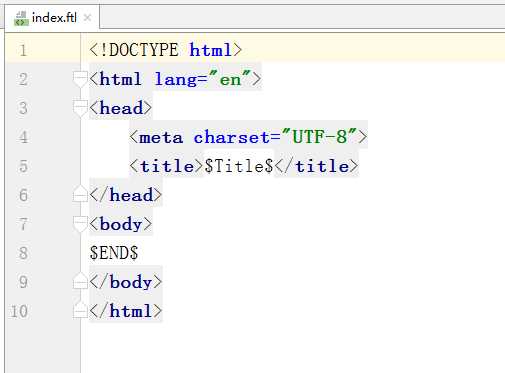开发工具
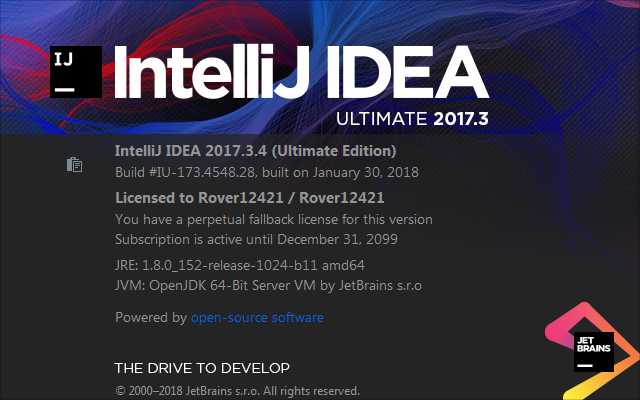 ,
,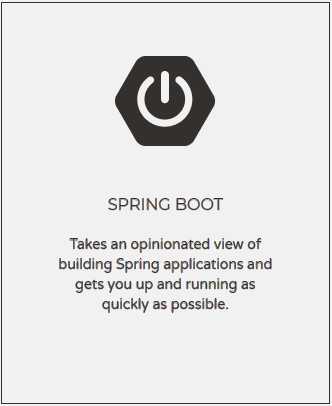
开始
新建工程

.选择Spring Initializr
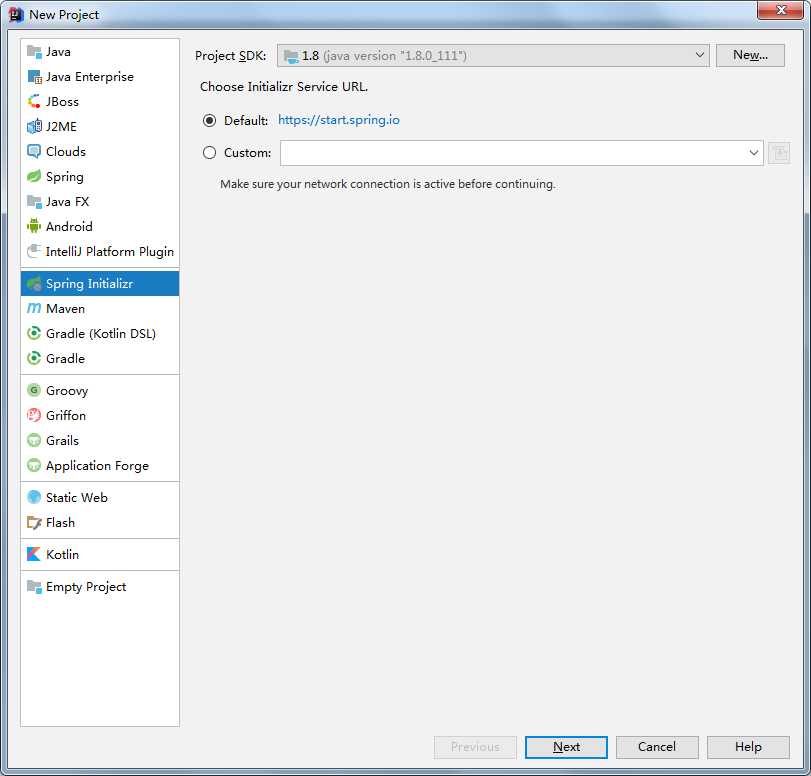
下一步
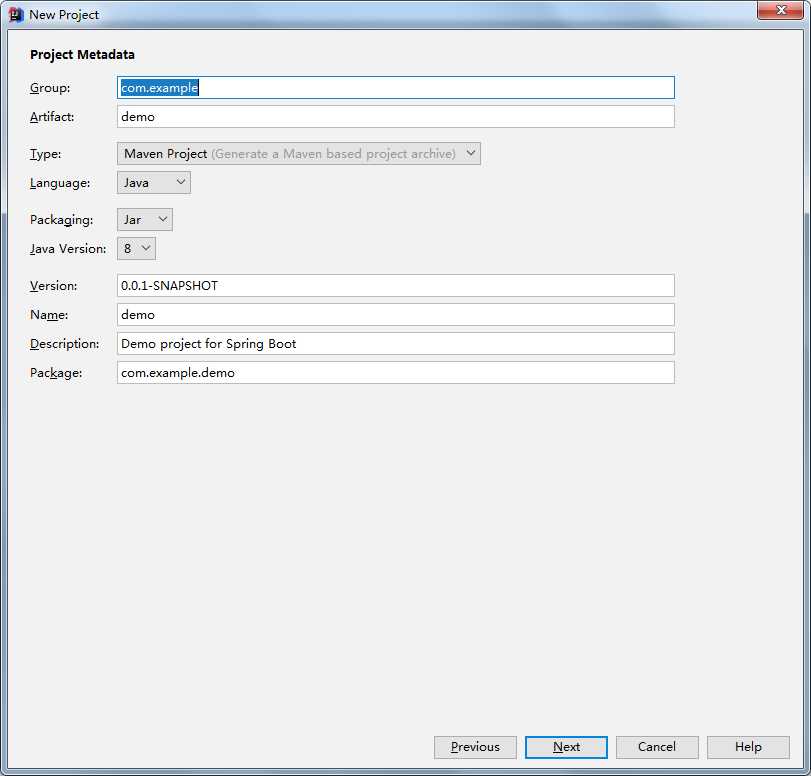
下一步,选择需要的组件
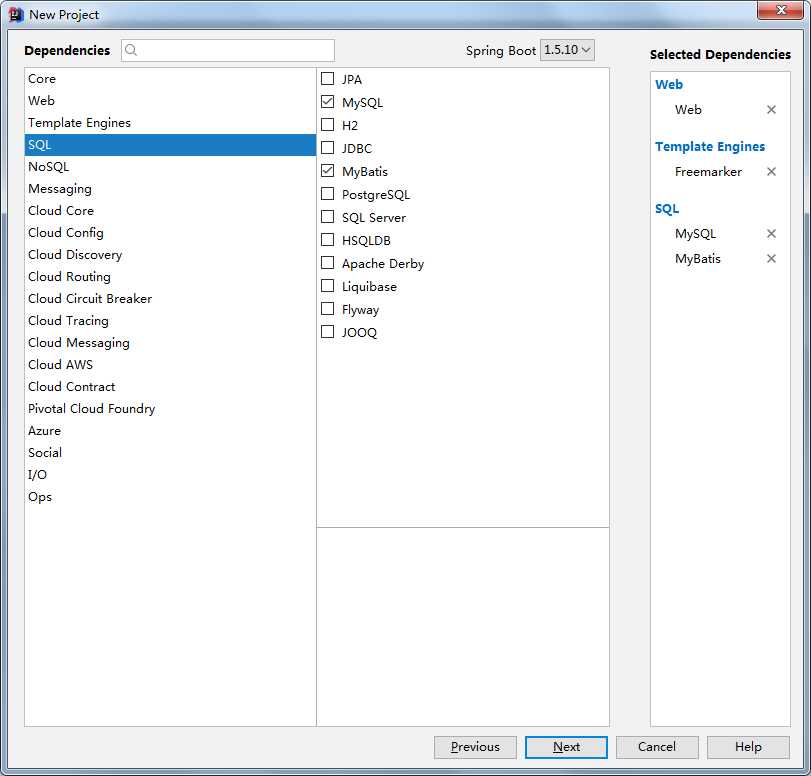
..改一下工程名,Finish
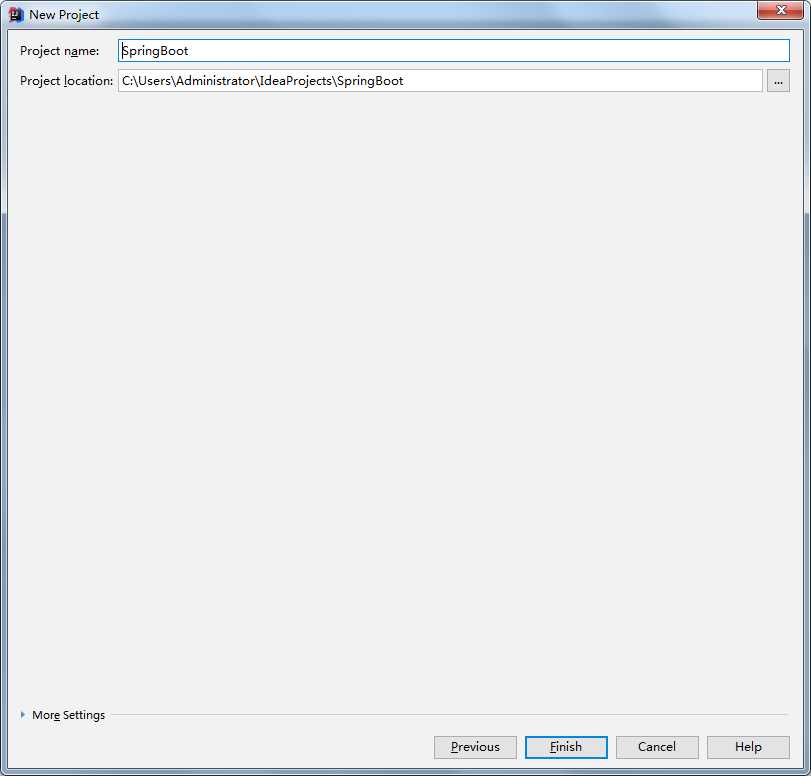
..目录结构
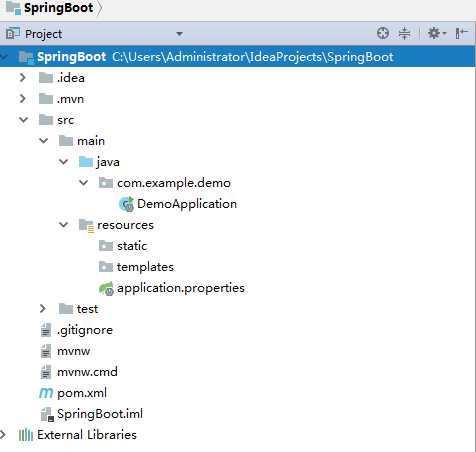
首先,修改pom文件
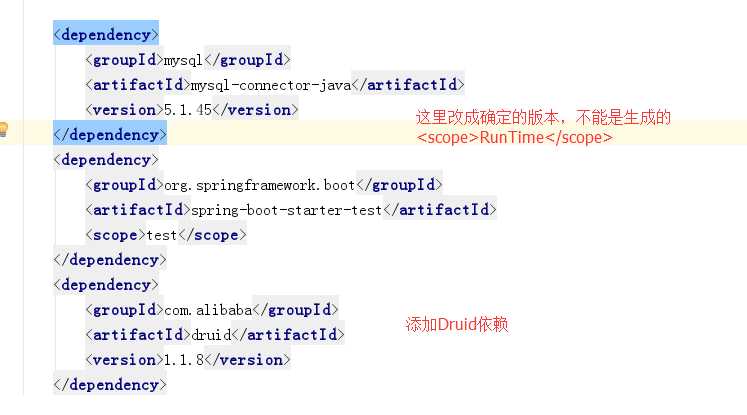
然后,将application.properties改成yml文件,并且配置相关参数
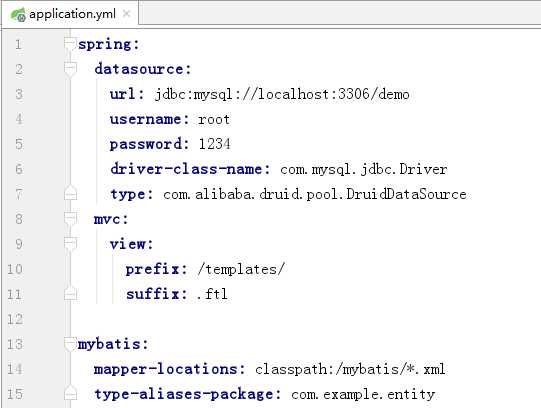
我的数据库很简单,user表,int类型的自增id,varchar类型的name。
之后建立各个文件,目录结构如下:
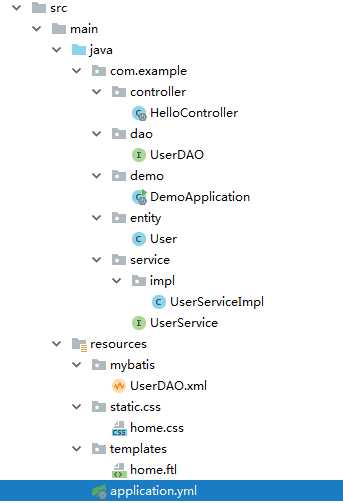
HelloController

package com.example.controller; import com.example.entity.User; import com.example.service.UserService; import org.springframework.beans.factory.annotation.Autowired; import org.springframework.boot.autoconfigure.EnableAutoConfiguration; import org.springframework.web.bind.annotation.RequestMapping; import org.springframework.web.bind.annotation.RestController; import org.springframework.web.servlet.ModelAndView; import java.util.HashMap; import java.util.Map; @RestController public class HelloController { @Autowired private UserService userService; @RequestMapping("/index") public String index(){ return "Hello !!"; } @RequestMapping("/add") public Map<Integer, Integer> addUsers(){ Map<Integer, Integer> map = new HashMap<>(); for (int i = 0; i < 10; i++){ map.put(i, userService.addUser(new User("name-" + i))); } return map; } @RequestMapping("/get") public Map<String, Object> getUsers(){ Map<String, Object> map = new HashMap<>(); map.put("users", userService.getUsers()); return map; } @RequestMapping("/view") public ModelAndView viw(){ ModelAndView mv = new ModelAndView("home"); mv.addObject("name","Tom‘s Table"); mv.addObject("users", userService.getUsers()); return mv; } }
UserDAO

package com.example.dao; import com.example.entity.User; import org.springframework.stereotype.Repository; import java.util.List; @Repository public interface UserDAO { int addUser(User user); List<User> getUsers(); }
User

package com.example.entity; public class User { private int id; private String name; public User(String name) { this.name = name; } public User() { } public int getId() { return id; } public void setId(int id) { this.id = id; } public String getName() { return name; } public void setName(String name) { this.name = name; } @Override public String toString() { return "User{" + "id=" + id + ", name=‘" + name + ‘\‘‘ + ‘}‘; } }
UserService

package com.example.service; import com.example.entity.User; import org.springframework.stereotype.Service; import java.util.List; @Service public interface UserService { int addUser(User user); List<User> getUsers(); }
UserServiceImpl

package com.example.service.impl; import com.example.dao.UserDAO; import com.example.entity.User; import com.example.service.UserService; import org.springframework.beans.factory.annotation.Autowired; import org.springframework.stereotype.Service; import java.util.List; @Service public class UserServiceImpl implements UserService { @Autowired private UserDAO userDAO; @Override public int addUser(User user) { return userDAO.addUser(user); } @Override public List<User> getUsers() { return userDAO.getUsers(); } }
然后在Resource文件夹新建一个mybatis文件夹,用来存放mapper
UserDAO.xml
<?xml version="1.0" encoding="UTF-8"?> <!DOCTYPE mapper PUBLIC "-//mybatis.org//DTD Mapper 3.0//EN" "http://mybatis.org/dtd/mybatis-3-mapper.dtd"> <mapper namespace="com.example.dao.UserDAO"> <insert id="addUser" parameterType="User">INSERT INTO USER(NAME) VALUES (#{name})</insert> <select id="getUsers" resultType="User">SELECT * FROM USER </select> </mapper>
home.css
@charset "UTF-8"; h1{ color: #ff527d; }
home.ftl
<!DOCTYPE html> <html> <head lang="en"> <meta charset="UTF-8" /> <title></title> <link rel="stylesheet" type="text/css" href="/css/home.css"> </head> <body> <h1>${name}</h1> <table> <thead> <tr> <th>ID</th> <th>Name</th> </tr> </thead> <tbody> <#list users as u> <tr> <td>${u.id}</td> <td>${u.name}</td> </tr> </#list> </tbody> </table> </body> </html>
对于mybatis相关xml生成以及操作,ftl文件的新建,请看最后。
最关键的类:启动类,很有必要说明一下。
package com.example.demo; import org.mybatis.spring.annotation.MapperScan; import org.springframework.boot.SpringApplication; import org.springframework.boot.autoconfigure.SpringBootApplication; import org.springframework.context.annotation.ComponentScan; @SpringBootApplication @MapperScan("com.example.dao") @ComponentScan("com.example") public class DemoApplication { public static void main(String[] args) { SpringApplication.run(DemoApplication.class, args); } }
默认SpringBoot的装配规则是: 只扫描Application所在的包以及所有子包!这个坑我一直踩却没有怀疑他。
@MapperScan-----扫描Mapper类
@ComponentScan----扫描指定的包
到此为止,可以启动SpringBoot应用了。
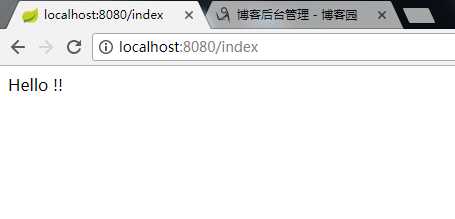
---------------------

---------------------

----------------------最后一个,从后台读取数据,freemarker渲染视图
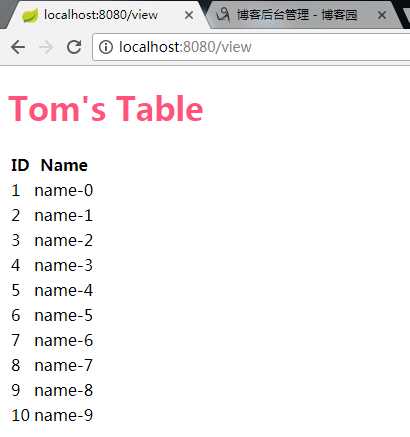
下面进行采坑指南---
第一个,用过eclipse+mybatis插件的都知道,有个插件来生成mybatis配置文件和映射文件是个方便的事,其实IDEA也有,但是用的我有点不习惯↓↓
..Settings
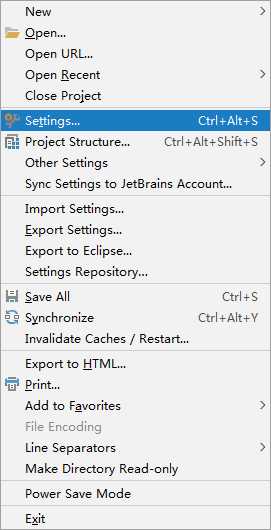
..找到下面这个
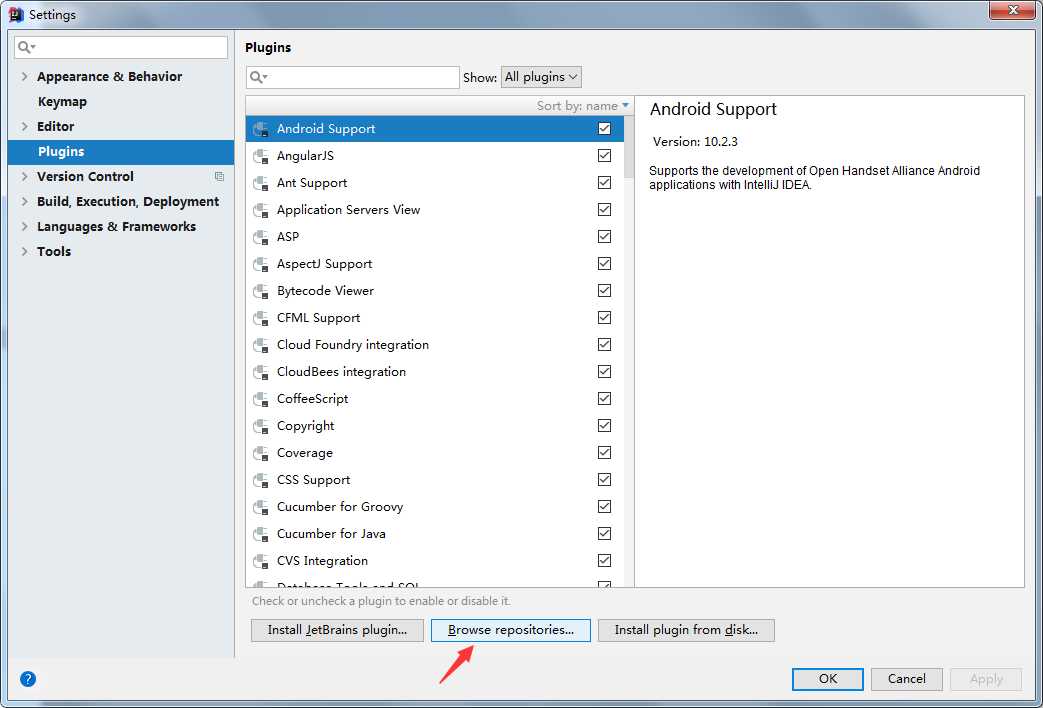
..搜索mybatis,选择下面这三个,主要是第二个和第三个,单独选中右侧会出现Install选项

..安装完之后,会让你重启,重启之后,会出现Mybatis的选项,不过问题是,它只有config的新建选项,没有mapper的新建选项。

..我不知道大家有啥更好的方法没有,反正我去尝试编辑右键菜单,无果。只好采取以下方法。
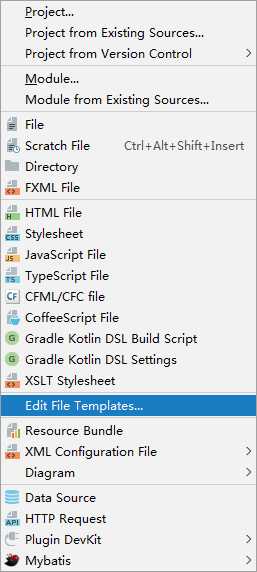
..找到other选项卡,看到这里你们肯定会问,这里不是有吗,对呀,你有本事把它搞到右键菜单啊。复制右侧的内容
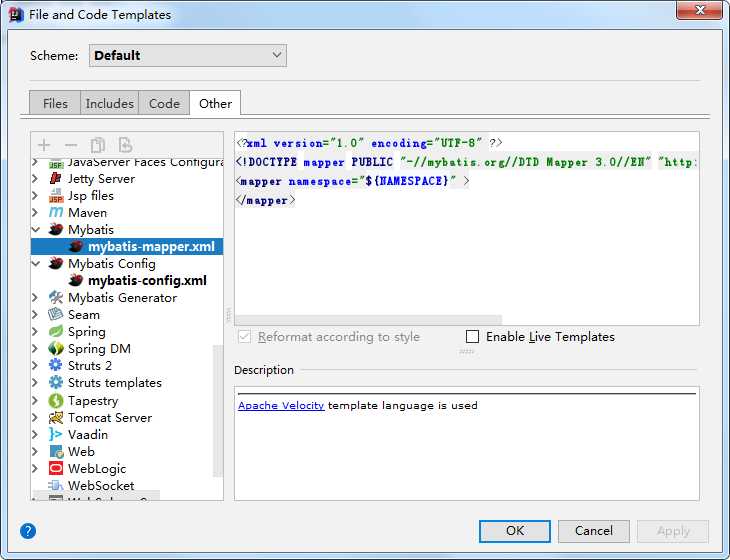
..回到Files,点击加号,输入Name,扩展名,并把复制的内容粘贴到此处。注意把namespace里面的代码去掉
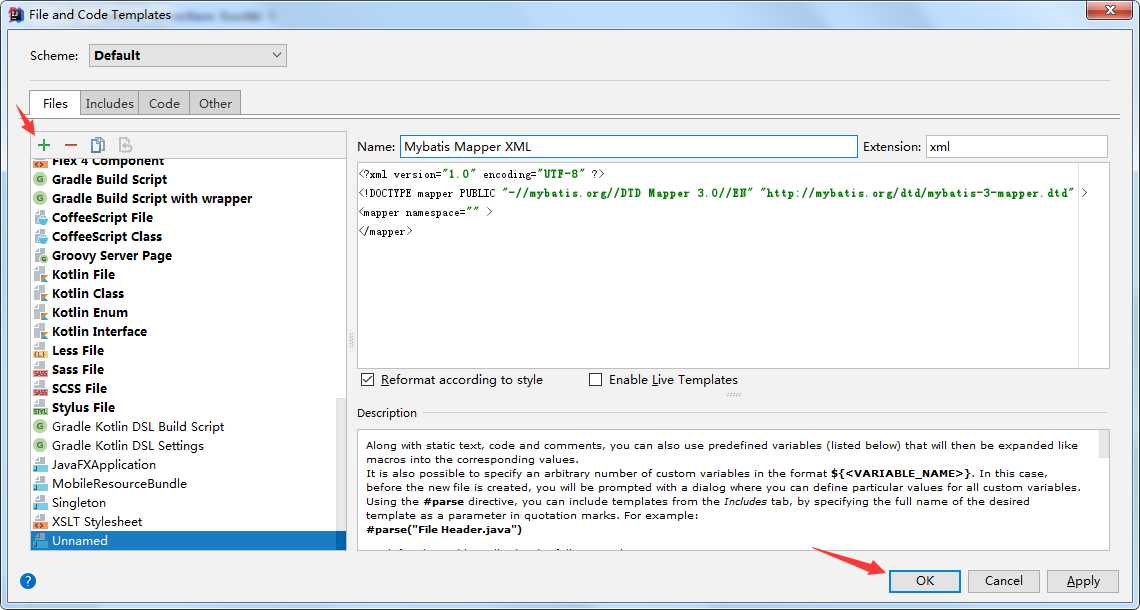
点击OK,可以看到,出现了Mapper选项,但是!他并没有像eclipse里面的插件那样智能,他只是生成一个普通的文件而已。里面的namespace的值需要你自己修改。
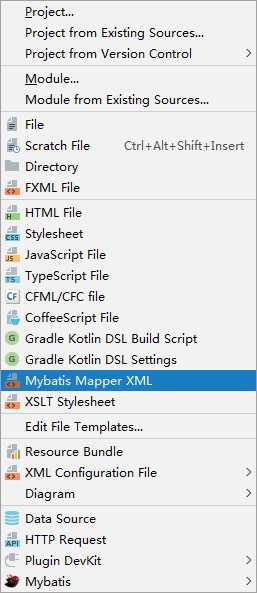
到此,实现了Mybatis配置文件的代码追踪等等实用的操作
插一句:网上都是告诉你使用generator来生成mapper文件以及简单的sql语句,节省了时间,但是我不是特别喜欢那种全自动的。
第二个,关于freemarker模板的问题。
SpringBoot的文件目录:static用来存放静态文件,templates用来存放视图。那么,freemarker模板需要引用static里面的css文件呢?

如果在freemarker文件里面直接这样写,他说他找不到,但是,你不用管它!当项目运行起来,SpringBoot会自动从static里面去找。如果你有强迫症,没关系,我能忍。
第三个,同样,IDEA如何创建freemarker文件?
唉,没有相应的模板。你可以自己建一个:
复制HTML5的模板
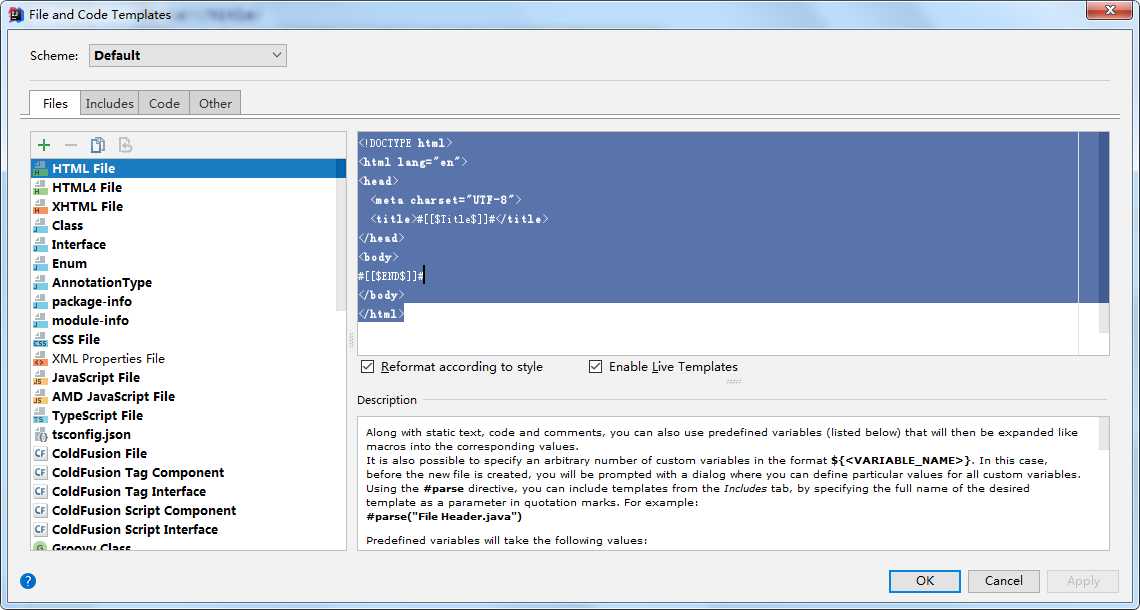
点击加号,新建一个
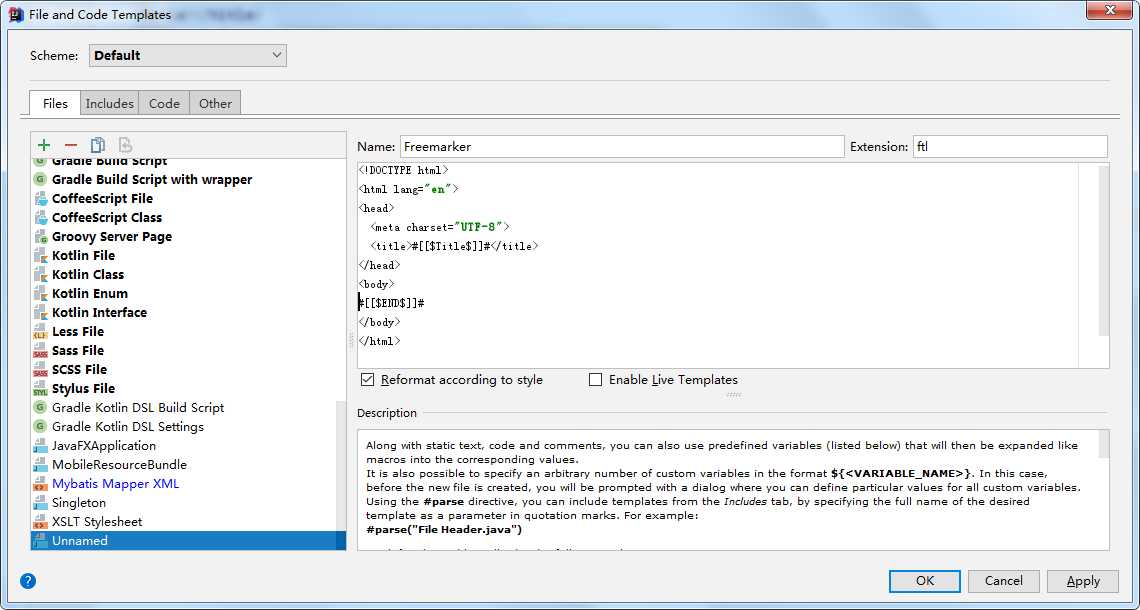
点击OK,右键new
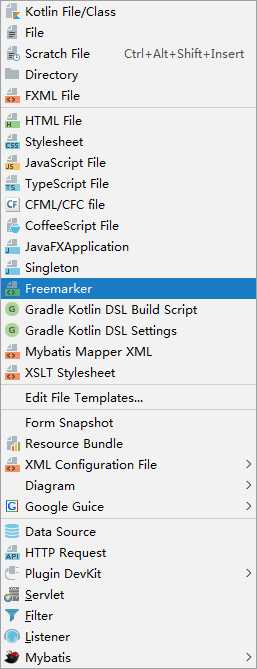
点击,输入文件名(这里的$Title$,因为不是html文件,所以识别不了,你看着费劲可以修改模板)
